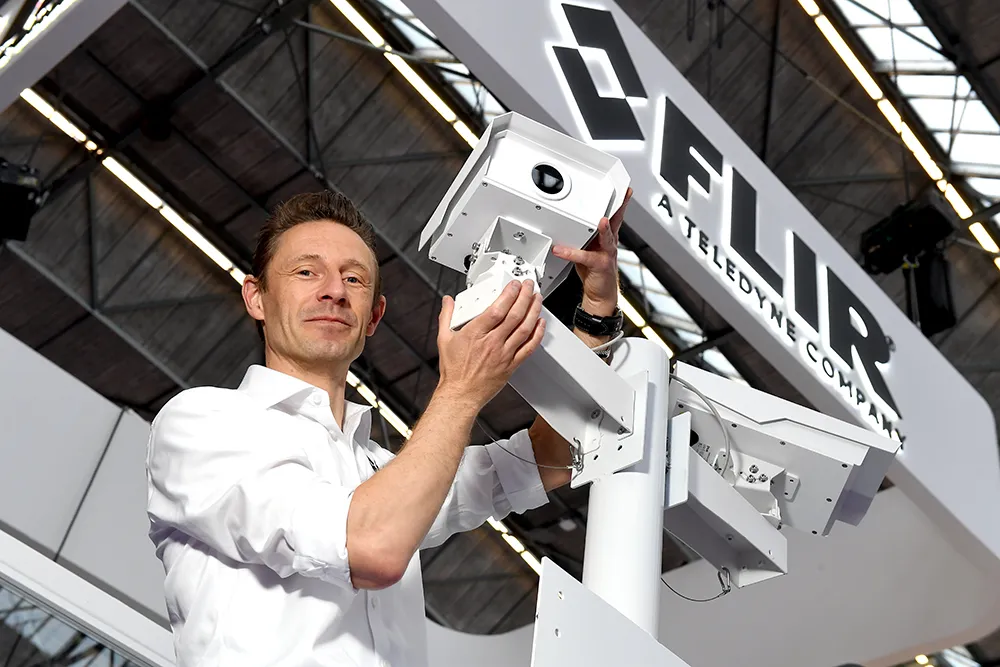Trafficware’s engineering advances will be on display at ITS America’s Annual meeting this year, showcasing the just-released ATMS.now Version 2.2 that supports the widely popular Google Maps, as well as Microsoft Bing Maps and ESRI (GIS) mapping utilities.
As the company points out, while people grow accustomed to convenience with electronics, traffic engineers need similar flexibility. With Version 2.2, engineers select mapping capabilities from an array of product resources versus being limited to a sin
May 1, 2015
Read time: 2 mins
As the company points out, while people grow accustomed to convenience with electronics, traffic engineers need similar flexibility. With Version 2.2, engineers select mapping capabilities from an array of product resources versus being limited to a single one. ATMS.now also boasts enhanced analysis tools, implementing the expanded Measures of Effectiveness (MOE) package with updated Purdue Coordination Diagrams, and a convenient ‘one-step’ installation for both client and server applications, shrinking the time needed to install.
Demonstrations of Trafficware’s pioneering MIT and Trafficware patent-based wireless Pod Detection System will be the real centrepiece at the company’s booth. The Pod works by sensing the disturbances in the earth’s magnetic field that occur due to the presence of a car or motorcycle. Algorithms interpret this disruption and characterise it into meaningful and reliable data, creating the best possible data to drive an adaptive algorithm, like in SynchroGreen. The Pod Detection System does not require repeaters, a feature that Trafficware says has become appealing to the marketplace.
Also, released in preparation for ITS America is Version 9.1 of Trafficware’s flagship Synchro plus SimTraffic traffic optimisation and simulation tool, used in more than 90 countries, every state in the United States and every province in Canada.









